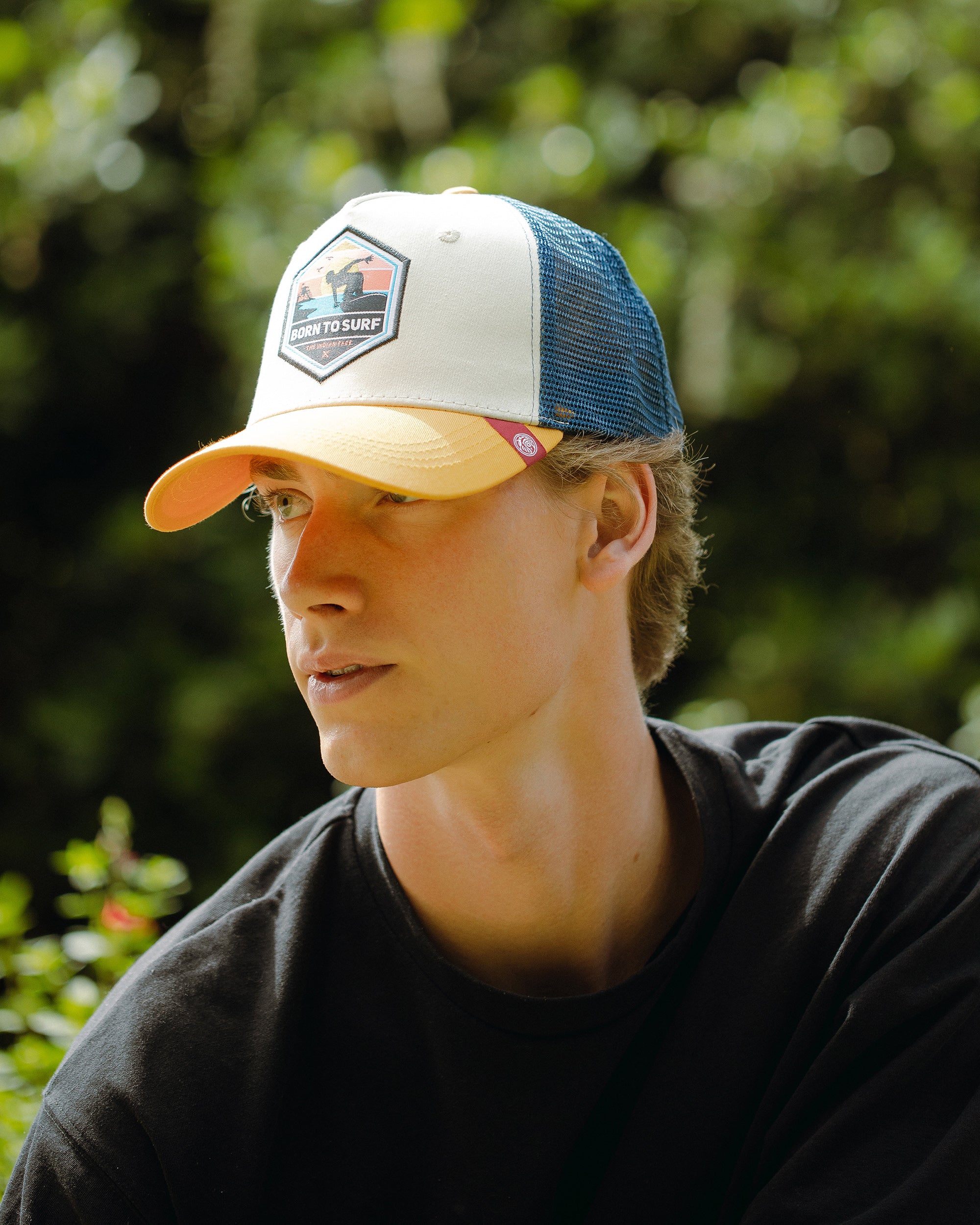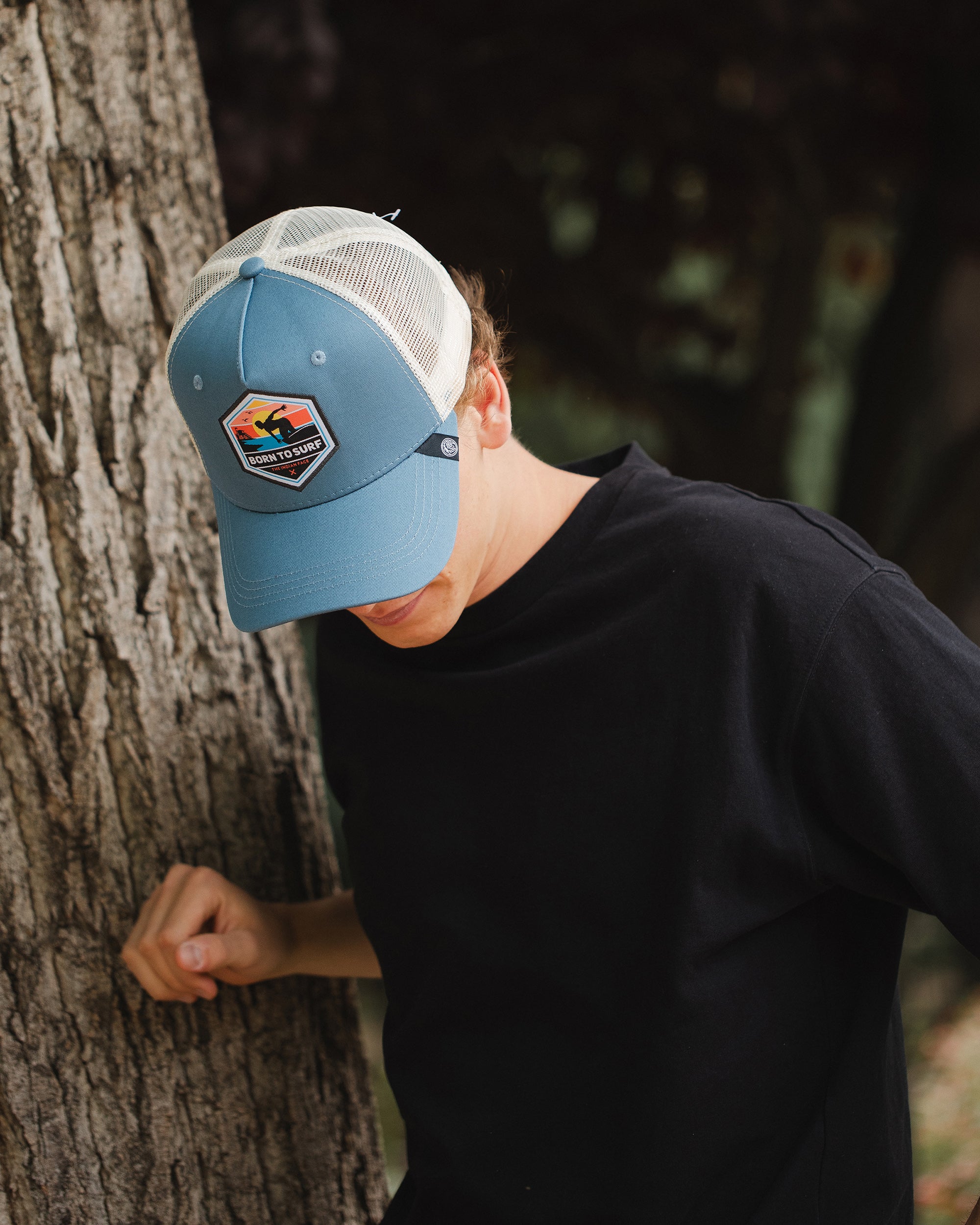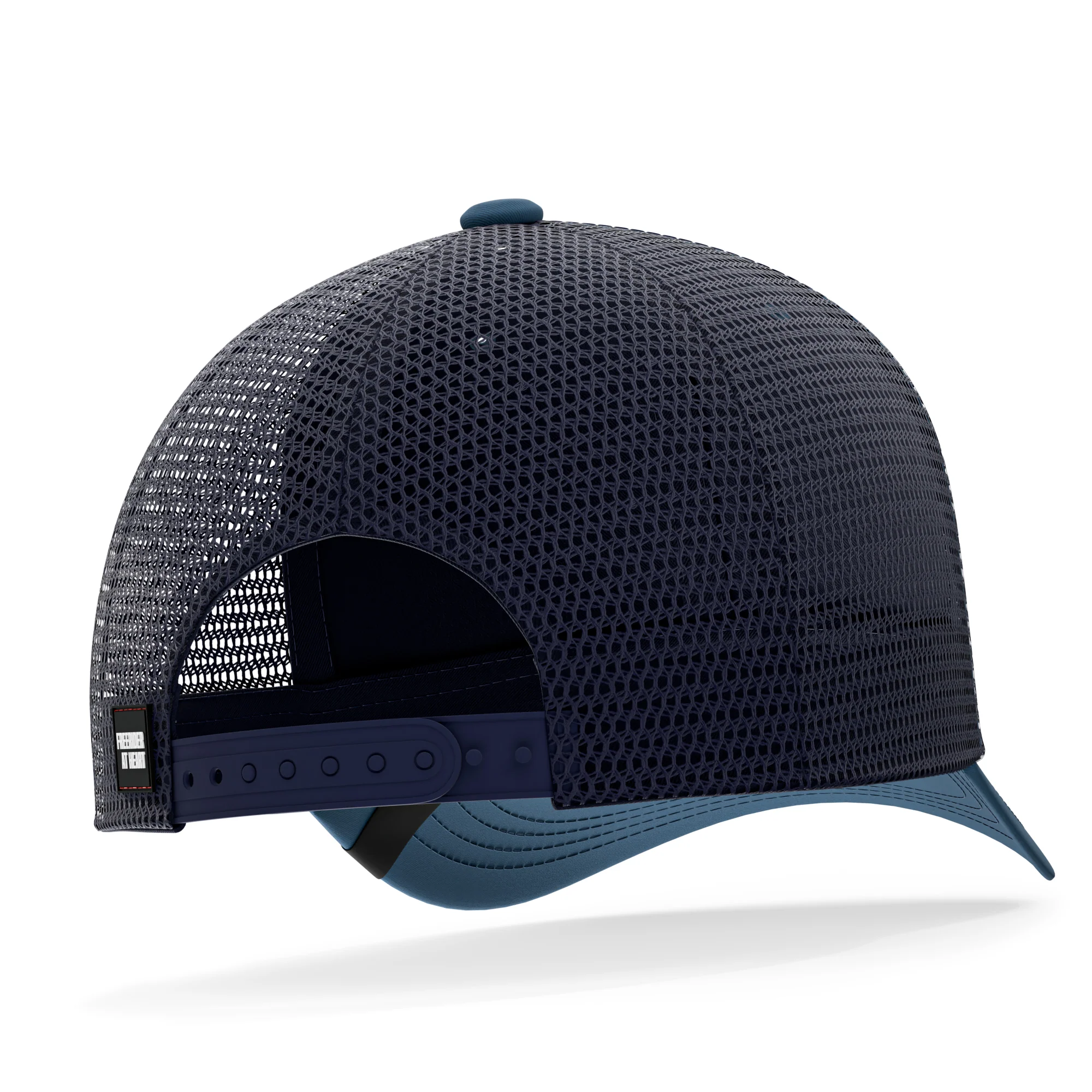The diving tube, equipment, diving suits and oxygen bottles are means that have been developed since the mid-20th century, when underwater exploration began to be perfected and professionalised by the icon of modern diving, Jacques Cousteau.
The main desire of every diver is to remain underwater for as long as possible to maximize the efficiency of the dive, but despite the advances in science and technology, there are still certain limits both in diving equipment and in human physiology, which force us to come to the surface from time to time to breathe.
But as we have mentioned, the steps of the science and of the technology They are continuous, precise, and do not rest. In an attempt to make underwater explorations longer, a portable underwater tent was designed in 2019 that would allow divers to be closer to their objective.
Below, we tell you what this revolutionary and intelligent project consists of.
What is Ocean Space Habitat?
This underwater tent is named after “Ocean Space Habitat”, and has been created and designed by a National Geographic explorer, Michael Lombardi and the director of the Nursing degree at New York University, Winslow Burleson.
The Ocean Space Habitat is a portable structure consisting of an inflatable, collapsible canopy that can be anchored. It is shaped like a tent, and its interior is equipped with seats, windows, an oxygen source, and a carbon dioxide scrubber. In addition, the tent features a removable valve that can propel the tent canopy to the surface in an emergency.
It should be noted that its use is completely scientific, the idea of transporting the tent to the tourist or recreational area has not yet been considered, however, it has great advantages in the world of diving; On the one hand, it allows divers to dive deeper and for longer periods of time. On the other hand, it avoids having to undergo the decompression phase so frequently, which brings with it serious dangers. Another of the risks that are greatly reduced thanks to the Ocean Space Habitat is that, in the event of an emergency, divers will be able to meet and exchange information in a fluid and verbal manner, which is always more effective than communicating and interpreting information through signs.

Divers can remove their suits before entering the store, and when they cross the threshold, they find themselves in an oxygenated environment and a relatively dry atmosphere where they can communicate, talk, rest, eat and return to diving without having to come to the surface.
Another advantage of the Ocean Space Habitat The fact is that explorers can set up the tent and take it down again whenever they need to, and, although it may seem otherwise, the structure is made up of a very accessible and affordable system and material.
In addition to being an interesting advance in a scientific and professional context, it is also interesting as a life experience. From dawn to dusk, divers can observe the number of species that cross the ocean waters, the changes in sea temperature or the passage of time in an environment almost unknown to the world.This tent is, in addition to a base camp Under the sea, a tangible immersive experience, the project of a mountain refuge designed for mountaineers, but transferred to the underwater world.
Numerous tests have been carried out on the effectiveness and safety of the project. Ocean Space Habitat, and the vast majority have been conducted off the coast of Rhode Island, where divers have spent fairly long periods of time there and have conducted drills for overnight stays.

What are diving bells?
Although this project is conceived as something especially novel and almost impossible to imagine, it is not a completely new concept. The diving bell has been around for decades; a transport structure that was created at the end of the 17th century by the hand of Edmund HalleyThe diving chamber is a rigid system that transports divers to the depth they want to reach in the ocean, always within certain limits. The model designed by Halley was quite rudimentary and the structure of the chamber was made of wood covered with lead.

Currently, there is the wet bell, which is a structure that hangs from a cable and is open at the bottom. The water pressure keeps the air pressurized inside and can accommodate two divers. On the other hand, there is also the closed bell, in which the chamber has a pressure-sealed door. It is designed for mixed gas diving and saturation diving.
What is saturation diving?
These types of projects designed to optimise diving time are strongly supported by oil platforms. They mainly promote installations dedicated to saturation diving, which is a practice that consists of transporting divers through pressure chambers to the depths of the ocean and they can remain there for a long period of time while working. The diver's body is saturated with gas, which favours a constant decompression time. This increases the diver's safety, since he does not have to perform several decompressions in succession.

For its part, the American NOAA has a fixed underwater base called Aquarius, which allows divers to spend weeks or even months working without having to come to the surface. This base is located on the reefs of Key Largo, in Florida.
Would you dare to spend a whole day underwater or to get into a pressurized air chamber while on the surface, and come out of it more than 50 meters below the sea? The divers who carry out this type of expedition are highly prepared, both physically and mentally, since it has a fairly high risk component.
We hope that this article has helped you learn something about diving that you may not have known before, and that, who knows, maybe in the not too distant future you will be able to go camping at the bottom of the sea!


















































